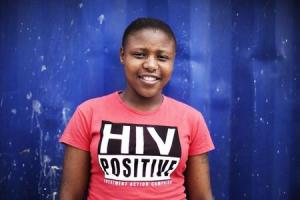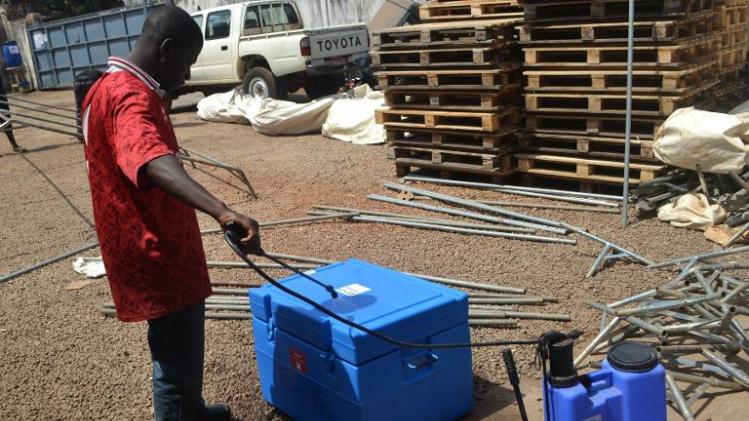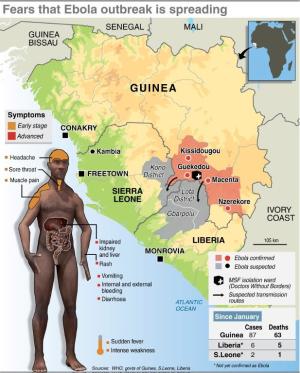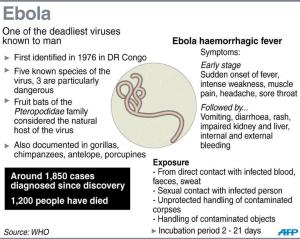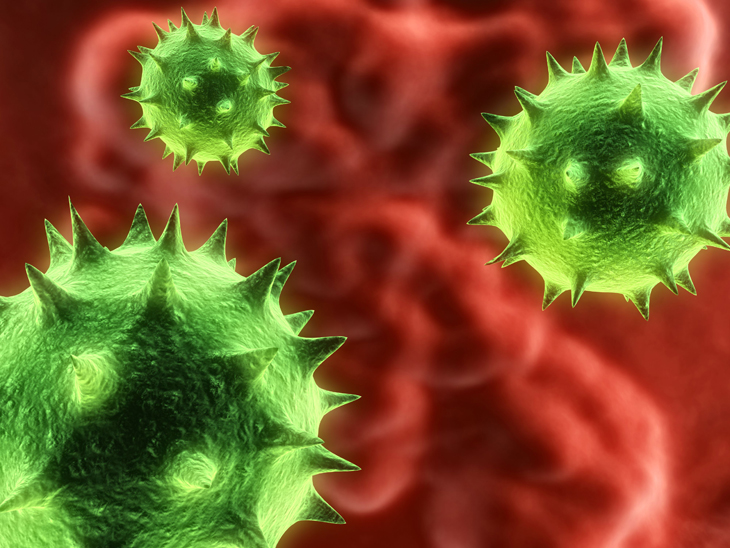http://www.bbc.co.uk/news/

Ebola robs death of its dignity as victims' bodies are quickly
burnt with the plastic suits they are wrapped in
With
warnings from officials that the Ebola virus is "spreading like
wildfire" in Liberia, Sarah Crowe, who works for the UN children's
agency (Unicef), describes her week on the Ebola front line:
Flights into disaster zones are usually full of aid workers and journalists. Not this time.The plane was one of the first in after some 10 airlines stopped flying to Liberia because of Ebola, and still it was empty.
When I was last in Liberia in 2006, it was to work on reintegration of child soldiers in a time of peace. Now the country is fighting a "biological war" from an unseen enemy without foot soldiers.
As we enter the airport, an unnerving sight - a team of health workers kitted out with masks and gloves asks us to wash our hands with a chlorine solution and takes our temperatures.

Health workers themselves have to be frequently sprayed with disinfectant
It was to be the start of a new routine - the hours and days
since, I have had my temperature taken about 15 times and have had to
wash my hands with chlorine at the entrance to every building, every
office, every store, and every hotel.
Continue reading the main story
“Start Quote
It was a normal pregnancy, but she was turned away by every hospital as staff were too afraid to take her in case she had Ebola”
Even in small villages. And yet ironically, despite all this, few health facilities are properly functioning.
The next morning, the breakfast room at the hotel is buzzing -
a large group of scientists from the US Centers for Disease Control and
Prevention (CDC) huddle around computers animatedly talking, checking
charts and data.The world's Ebola experts are here - writing the first draft of Ebola history in real time.
The capital, Monrovia, reveals itself as a city branded by Ebola posters shouting out what people know all too well by now - Ebola is deadly, protect yourself, wash your hands.
Human booby traps The talk in the car, on the radio is only about Ebola - people calling in want to know what to do when their child gets sick, they either fear health centres and hospitals or they are not treated.

- Symptoms include high fever, bleeding and central nervous system damage
- Spread by body fluids, such as blood and saliva
- Fatality rate can reach 90% - but current outbreak has mortality rate of about 55%
- Incubation period is two to 21 days
- There is no proven vaccine or cure
- Supportive care such as rehydrating patients who have diarrhoea and vomiting can help recovery
- Fruit bats, a delicacy for some West Africans, are considered to be virus's natural host
It was a normal pregnancy, but she was turned away by every hospital as staff were too afraid to take her in case she had Ebola.
She did not have the virus, but she died because of delivery complications. Her baby at least survived.
News of the US obstetrician in Liberia who contracted the deadly disease while delivering a baby has helped fuel such worries.
So far 169 Liberian health care workers have been affected by Ebola and 80 have died - a massive blow to a fragile health system.
Next I prepare to go up country to Lofa county where more warehouse space was needed - Unicef has delivered tonnes of equipment, including personal protective suits, chlorine and oral rehydration salts to Liberia - and more monitoring was required of those other now-neglected childhood killers like measles, diarrhoea and cholera.
Ebola has turned survivors into human booby traps, unexploded ordinance - touch and you die. Ebola psychosis is paralysing.

The workers often look like crop sprayers
Heavy rains lash down over the weekend - I shudder to think of
Medecins Sans Frontieres and health ministry workers and patients
battling under plastic sheeting in such rains. Luckily the skies over Monrovia clear for the hour-and-a-half helicopter ride to the hot-zone border between Sierra Leone, Guinea, and Liberia.
In Voinjama, I'm out with a team of social mobilisers who interact and educate communities.
They are playing our song - Ebola Is Here - on a megaphone through the village.



